📙 #060 - Howling progress, scanners, printers & pen holders.
Add a subtitle...
In this issue, an update on what I’ve been getting up to; it’s going to feature; pen holders, printer maths and scanners all because of The Sea Howls From The West, here we go.
# THE SEA HOWLS FROM THE WEST
For various reasons I’d stalled on TSHFTW, and not just because I got held up making a zine about my progress so far, which ironically stopped any further progress.
But now I have a possible show about it at the end of October, something I appear to have done to myself to force progress. Why do we need these deadlines to get stuff done, I’m not sure, answers on a postcard please?!
One of the things I’ve always believed is that even though, with code based art, we can quickly see hundreds of outputs on the screen, nothing compares to being surrounded by physical copies.
Which is one of the reasons I suggest people print/plot designs, stick them up on the wall and sit with them a while; you’ll start to notice things you like, don’t like, and didn’t even notice before. A bit like not spotting typos in documents until they’re printed out.
Where I was up to was;
Writing code to draw lots of lines, so I could…
Figure out if the ink selection I’d made would work.
Main discovery; the ink is right, the pens nibs are probably wrong.
By which I mean to save time and ink while plotting lot of outputs I decided to plot small, A5 pages, using extra-fine nibs, which turn out due to mainly horizontal movement, rip into textured paper.
Needle sharp pointy extra-fine nibs + texture + speed = shredding.
While in reality I’ll be plotting larger designs with larger nibs (fine or medium), which are less like tiny daggers 🗡️🗡️🗡️
As I’m still getting used to the new machine with pens (rather than just rubber stamps) I figured it may be because of the speed and weight.
The plot above, right is the default speed and acceleration for the machine. The pen runs left to right, so you can see a little banding near the edge as it starts each line, then speeds up until the ink flow sorts itself out.
Normally when you run a plot slower you’d damage the paper less, but on the much slower plot on the left I just traded less speed for more ink coverage, which made the page wet with ink and ripped it up for that reason instead — #winning.
Somewhere between the two is the correct speed, but as I’d decided to change nibs anyway I’m wasn’t too concerned about figuring that out.
PRINTING
Having decided that the ink was fine, it was time to move onto the design, which is currently just lines, which will at some point become sky.
But between starting the project and now I’d gotten myself an inkjet printer, Epson SC-P900, which means it must be time for some more stupid printing maths.
An A3 print from (the amazing) The Print Space, on German Etching Paper costs just a few pennies over £15 + whatever the shipping is.
25 sheets of the same A3 German Etching Paper costs £74 from my local paper supplier, when they bother to get any in 😒 or £2.96 per sheet.
A set of 10 Ink cartridges, including VAT cost £326.76, and google tells me that on average that’s good for around 300-400 A3 prints, so let’s say for easy maths and to be on the safe side around, 314 or so A3 prints.
Which means a single prints costs… paper (£2.96) + ink (£326.76/314 = £1.04) = £4
So each time I print something myself I save £15 - £4 = £9
Epson SC-P900 cost me £990, which means as soon as I’ve printed 110 things I’m ahead 🤨 - this is definitely how this all works.
With all the maths out of the way (almost) it means I’ve been able to print things out to get more of a birds-eye overview of, things I think I know from looking at the screen but want to touch. In this case I wasn’t too happy with how the code was picking which inks to use.
Inks are divided into two groups; light and dark, and what I had it doing was picking two dark colours to start and end the plot with, then shuffling up the rest and picking four more for the in-between colours.
After plotting and printing I decided that was too dark, and opted instead to have Morning; where it only forces one dark colour to be used at the end/bottom. Evening; where it must have a dark colour at the start/top. Day; where it only picks light colours (most of the time) and Stormy, the original code.
Which seems like a lot of fussing considering I’m only plotting fricking lines, but I want to make sure my sky is perfect* before moving on!
* good**
** goodish
SCANNING
Having decided that there’s going to be a show, and which inks to use, there was one kinda/sorta problem left; the inks aren’t light fast.
Sometimes I see people selling pen plots and wince a little when I notice the ink isn’t light fast and not likely to survive a couple of summers (or one summer for red ink), I’m looking at you colourful Stabilo Point 88 Fineliner pens.
For the duration of the show it doesn’t matter, but I’ve been thinking about how I archive these things before they fade without filling my studio, as well as how I could turn some of these things into prints. The end doesn’t always have to be a plot, making plots for prints is fine.
Taking photos of plots is pretty easy, getting them nice and crisp, with flat even lighting, without a lot of fuss is a different matter. One where I’d rather slap a plot into a machine, press a button and worry about how I’m going to store all those TIFFs later.
The scanner I picked in the end is the Epson D-50000 (I was looking for second hand D-30000 but a 50000 popped up instead so I snagged that) is a workhorse document scanner which works well-enough for art without the huge price jump to a proper A3 art scanner.
I haven’t done any calibration yet besides punching up the sharpness and saturation a little. I don’t think I’m going to be able to scan at 600 dpi to blow up a design to print at 300 dpi (still going to have to use a camera and good lens for that), but printing at the same size or smaller is already pretty good.
It feels like colour calibrating my scanner, monitor and printer to get a good: art 👉 scanner 👉 computer 👉 printer, flow is something that’ll take a couple of weekend and lots of tears, and therefor can go do one for the moment until I’ve built up the energy to tackle what will undoubtedly be a frustrating (“why don’t you just work”) task.
I’m already feeling pretty positive about the potential for interesting ♻️ loops, and getting a scanner feels like closing the last part of a cycle; code makes SVGs, machine draws them, scanner scans them, code processes and manipulates the scan, printer prints a design (artist cuts them up and scans them again).
Even more positive about being able to do it all in-studio, with slightly less concerns for time and cost of sending things off and waiting for them to come back.
PEN HOLDERS
This is a little niche.
The code for TSHFTW picks six colours from a selection of 14, which means I need to have 14 pens on the go at once. And while I’m generally okay with having them scattered over the desk, when it comes to having the plotter running in a show I want a neater solution to keep those pens under control.
Also, my understanding of fountain pens is this.
When storing unused for a long length of time, store with the nib pointing up, so the ink flows away from the nib (which will go “dry”).
When travelling, store horizontal.
When using frequently, store nib down which keeps it “wet” and ready to go (but could leak into the cap if left for too long, or you have a duff pen).
I wanted a way to hold my pens nib down, where I could quickly grab “pen 15” and so on. A simple block with a hole in it wasn’t going to work, because of the clip on the lid, so a bit of industrial design later, I had what I wanted.
One wrinkle; I use TWSBI pens, but I’m pretty sure more people have LAMY pens that have a different clips, which annoyingly don’t quite fit.
It doesn’t take much, a couple of millimetres to accommodate the LAMY, but then the TWSBI sits slightly less snugly in a somewhat unsatisfying fashion, I’m fussy like that.
So now the big question, if I could only pick one, just one, design, do I go with the nice snug TWSBI design and screw you LAMY (that I don’t use), or do slightly larger LAMY one that can hold the TWSBI just fine but I know it’s not snug.
If I had to just pick one, which one??
Yes, I know these are 3d printed, so why not both, but I also work in a studio under another artist who sends things off to a foundry to get cast in bronze every so often, and it’s very possible I could piggyback one design in on the next round.
I will make these designs downloadable at some point, but I want the chance to refine them a bit more and do a couple more things with them first.
THE END
And that’s how picking up the TSHFTW project spun off into scanners, printers and pen holders. So now, what have you been doing recently to avoid doing what you’re supposed to be doing?
Oh, also it’s official, I’ve run out of excuses for NOT doing the pen plotter tutorial videos and broke ground on recording them this week, so that’s a thing happening now.
The next newsletter will be hitting your inbox on the 15th of May, when I’ll be, checks calendar, travelling back from London, so we’ll see how that turns out, so I expect that one will be a round-up of other people’s stuff!
Love you all,
Dan
❤️



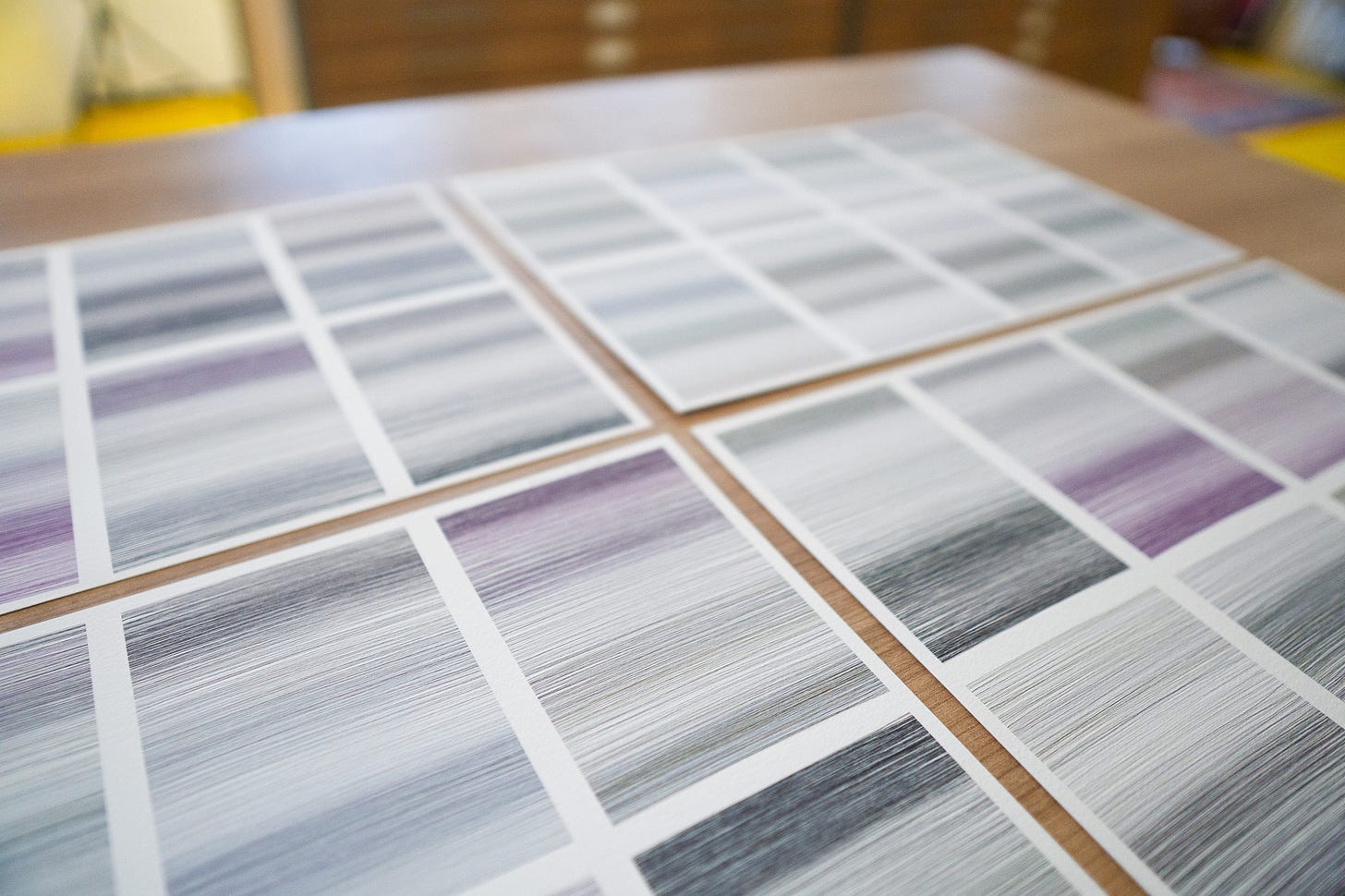
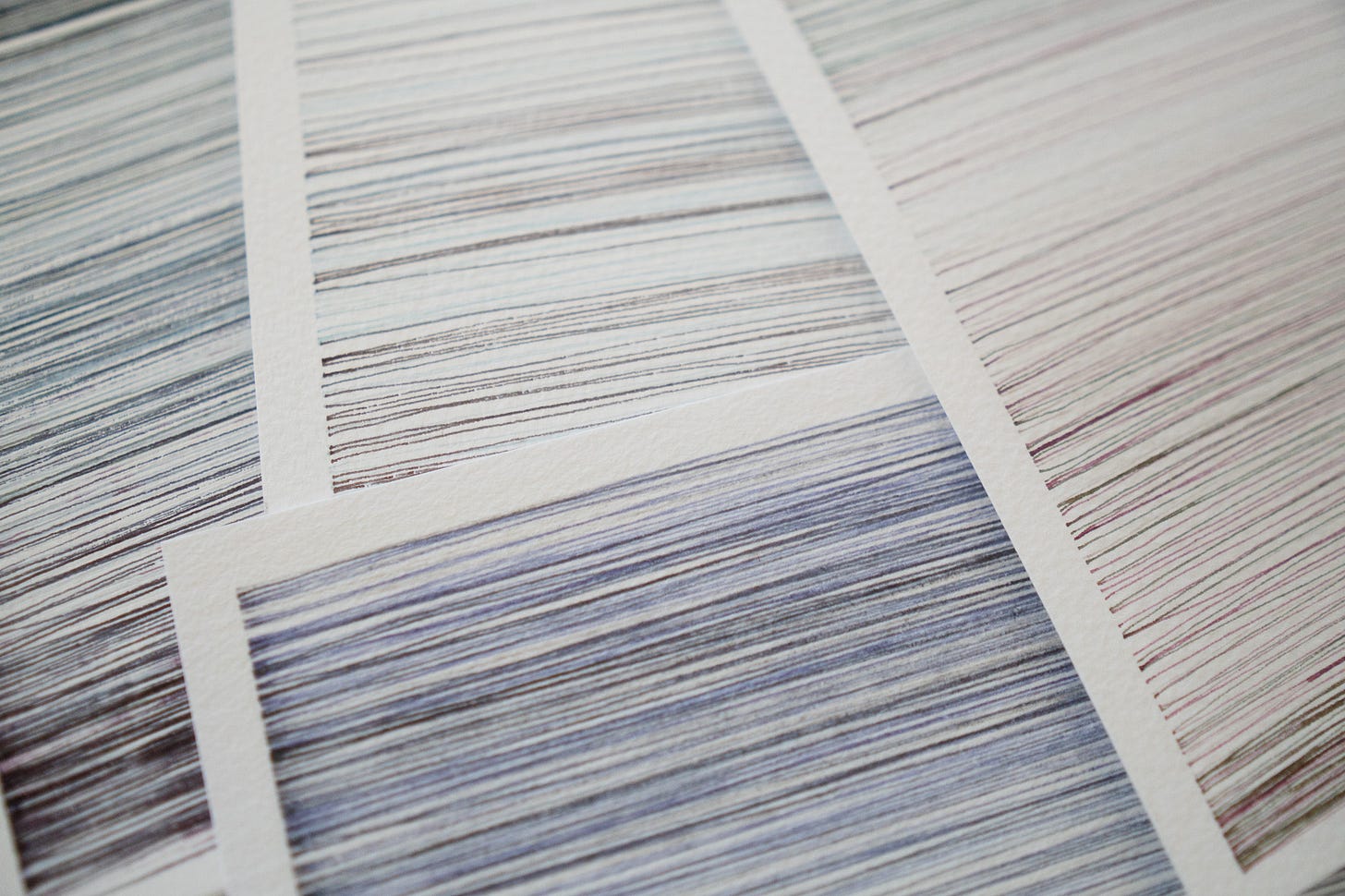
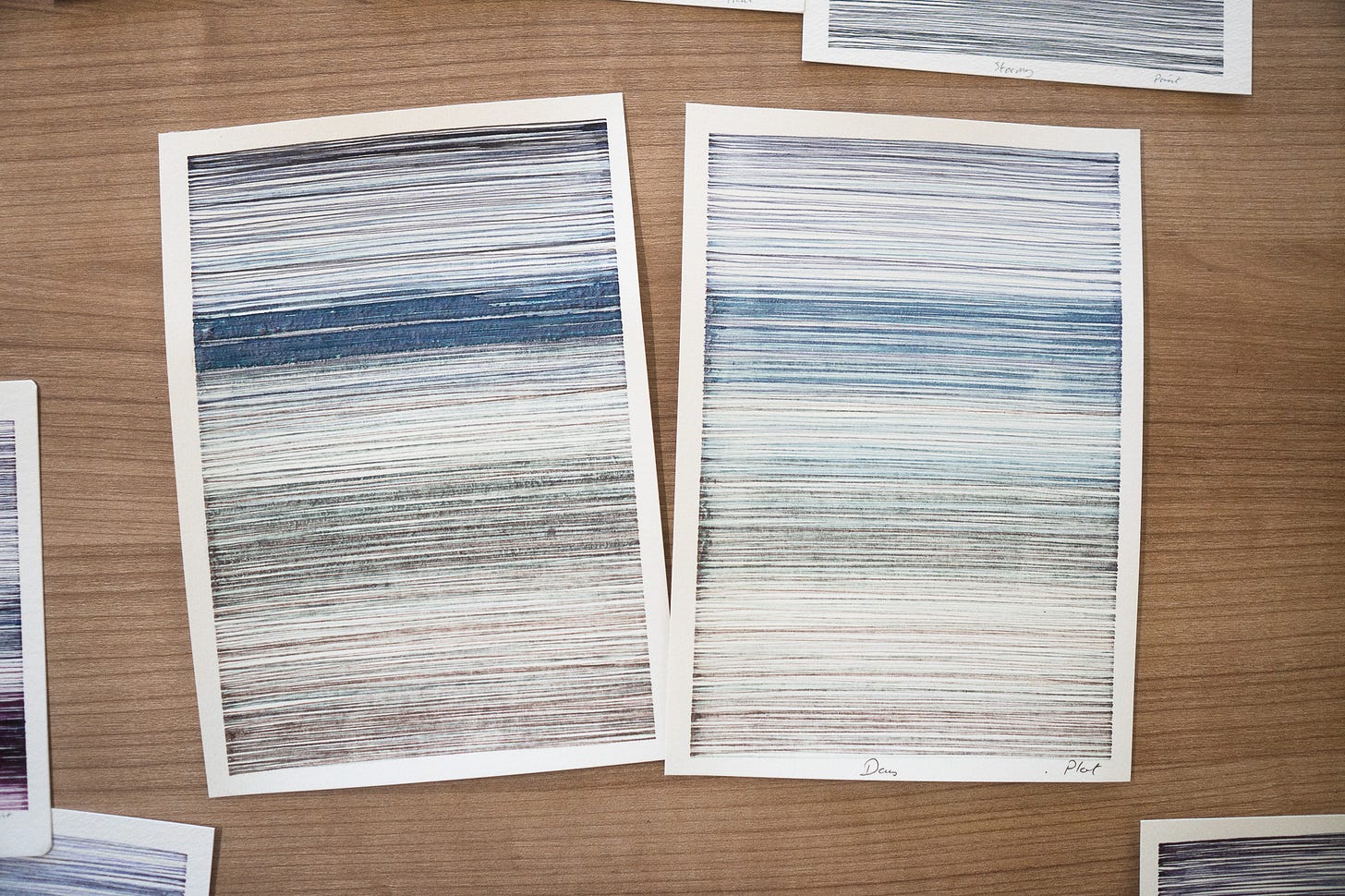
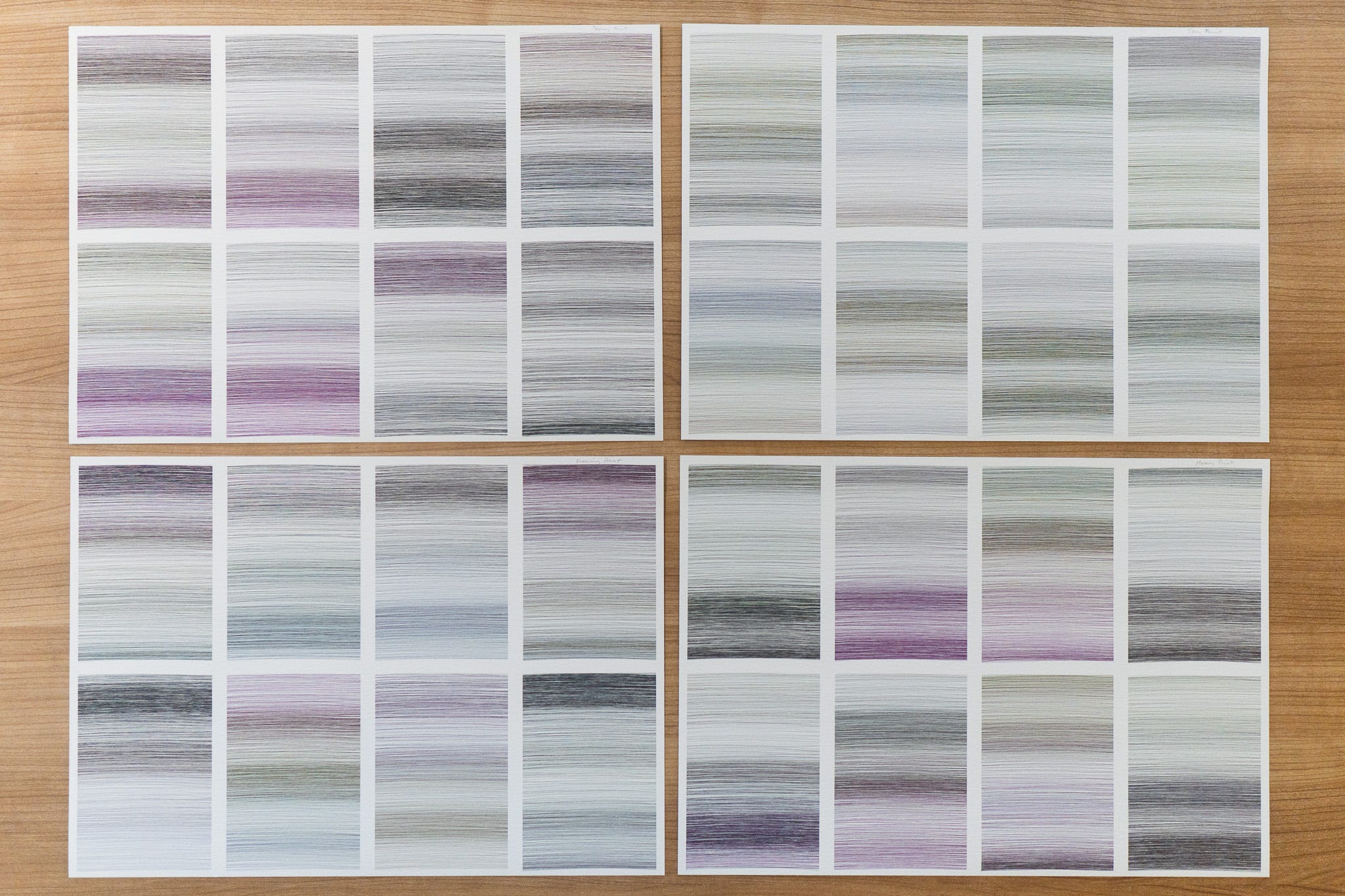
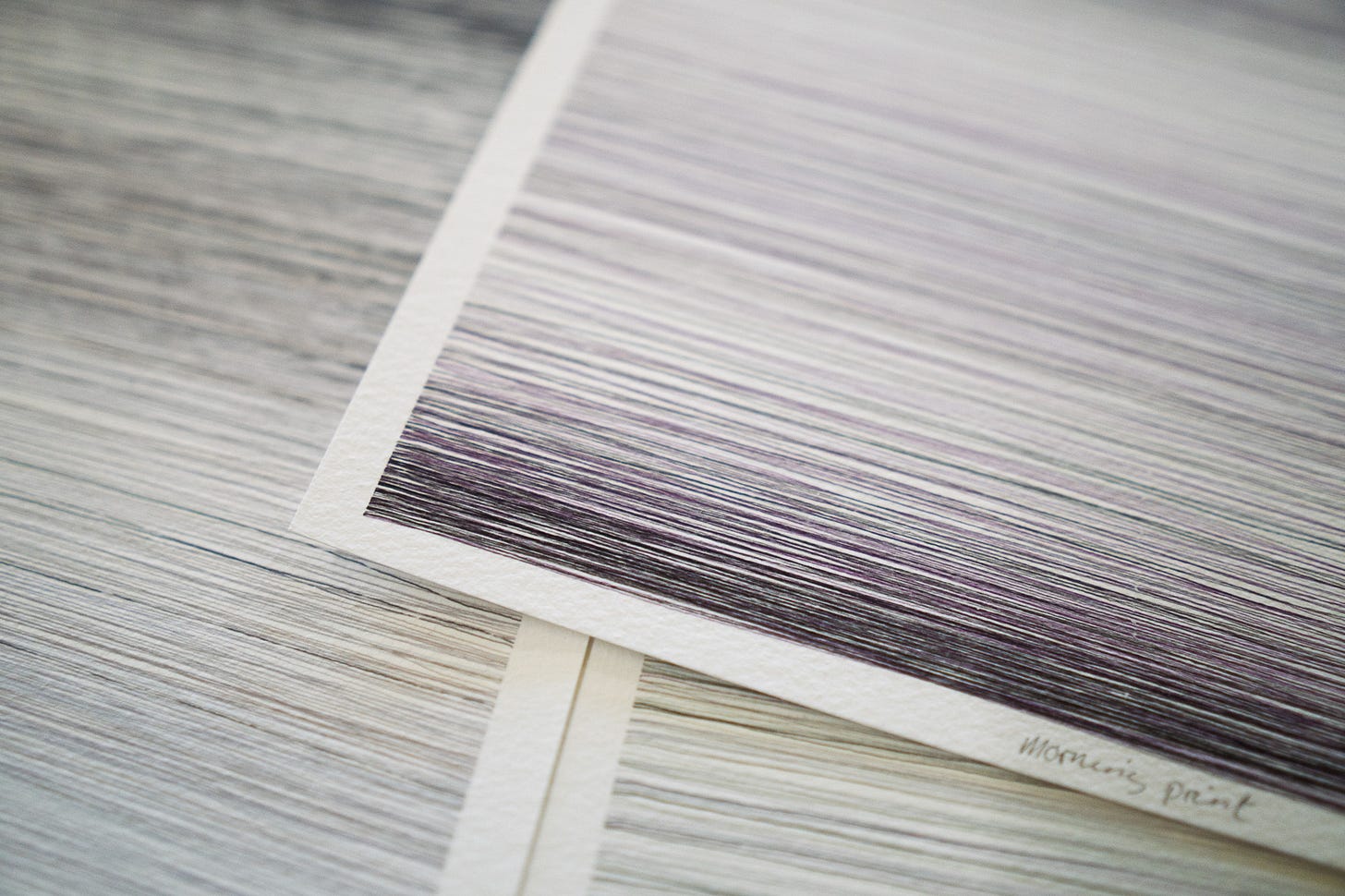

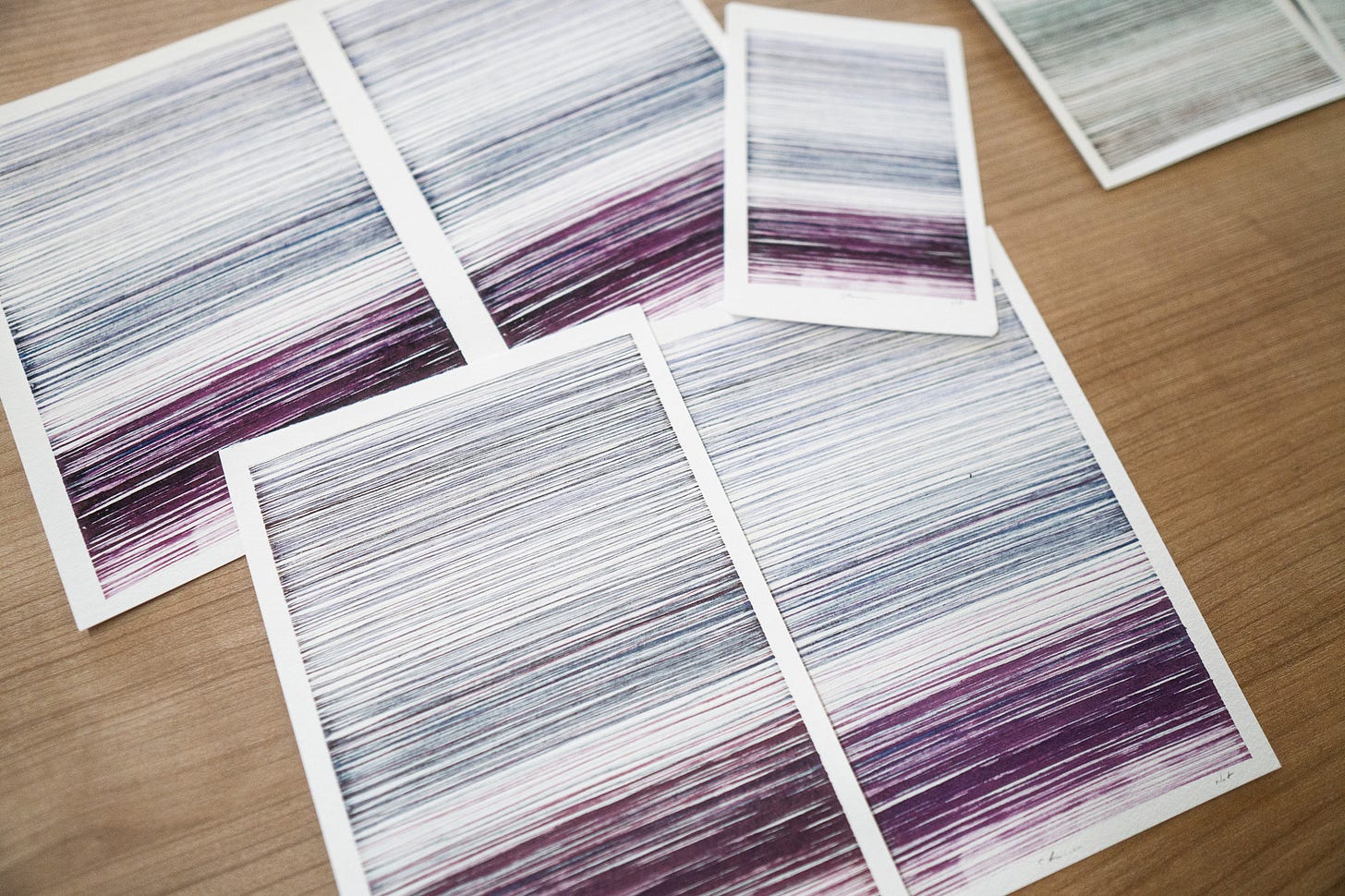
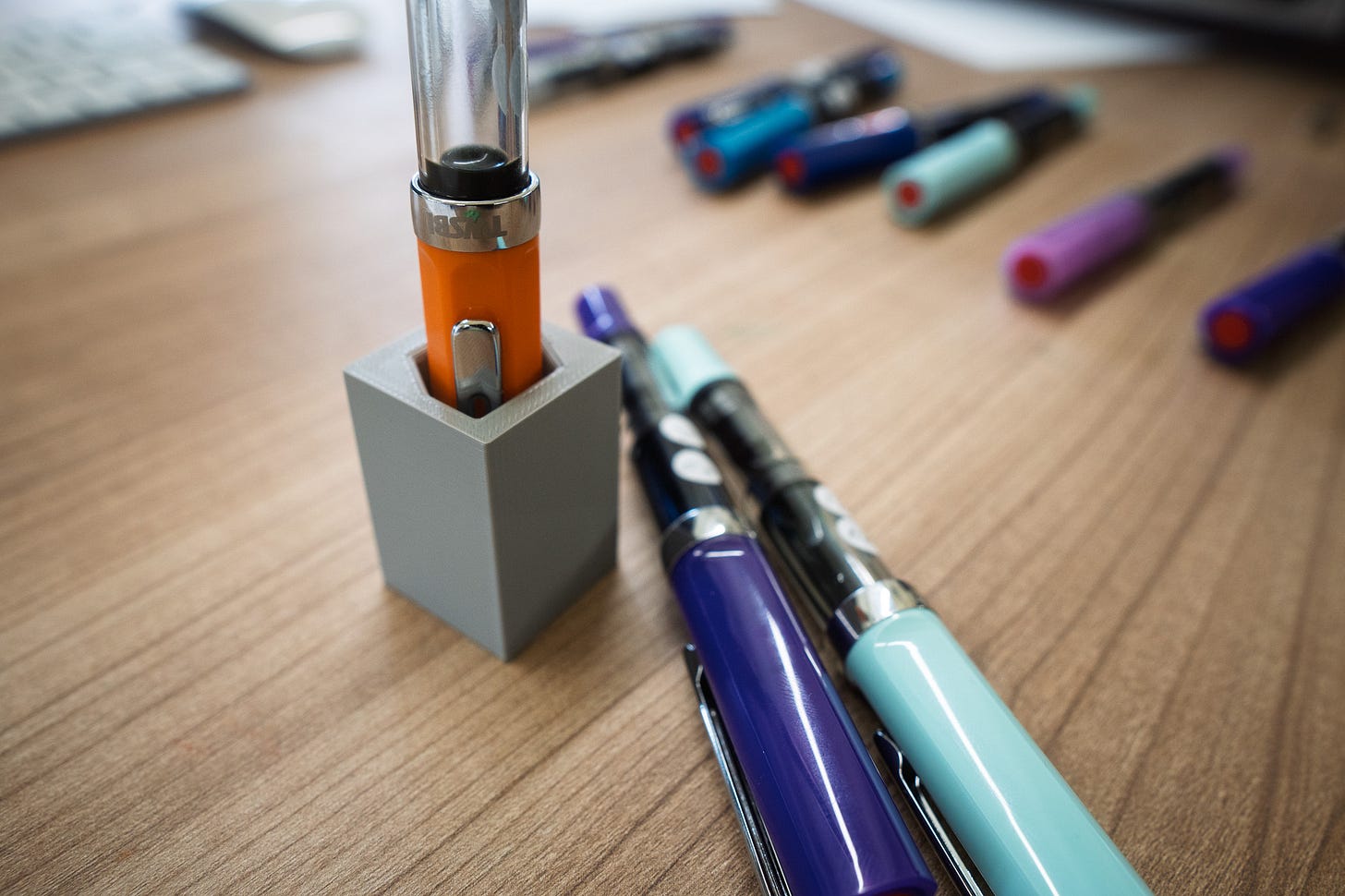
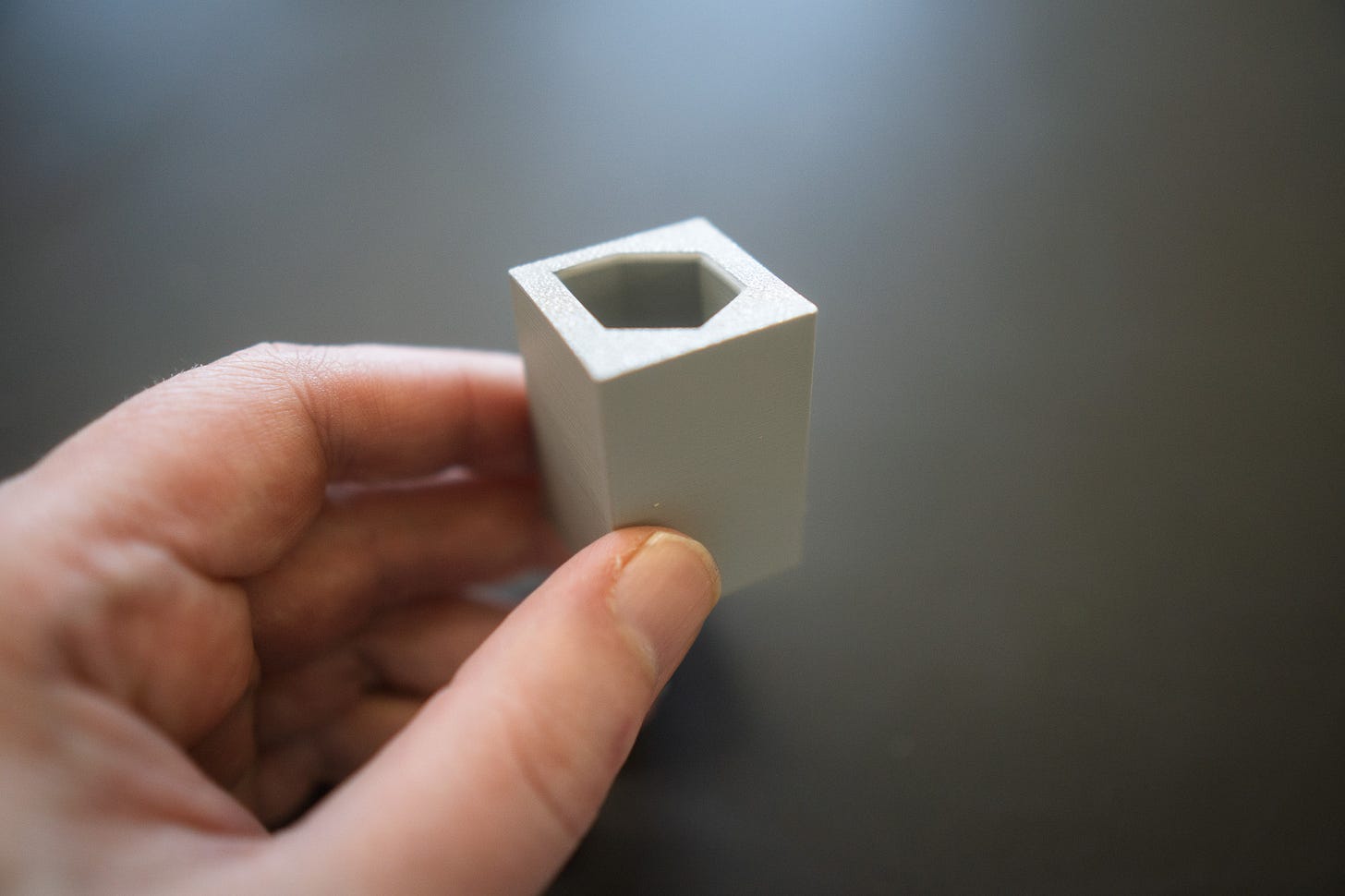
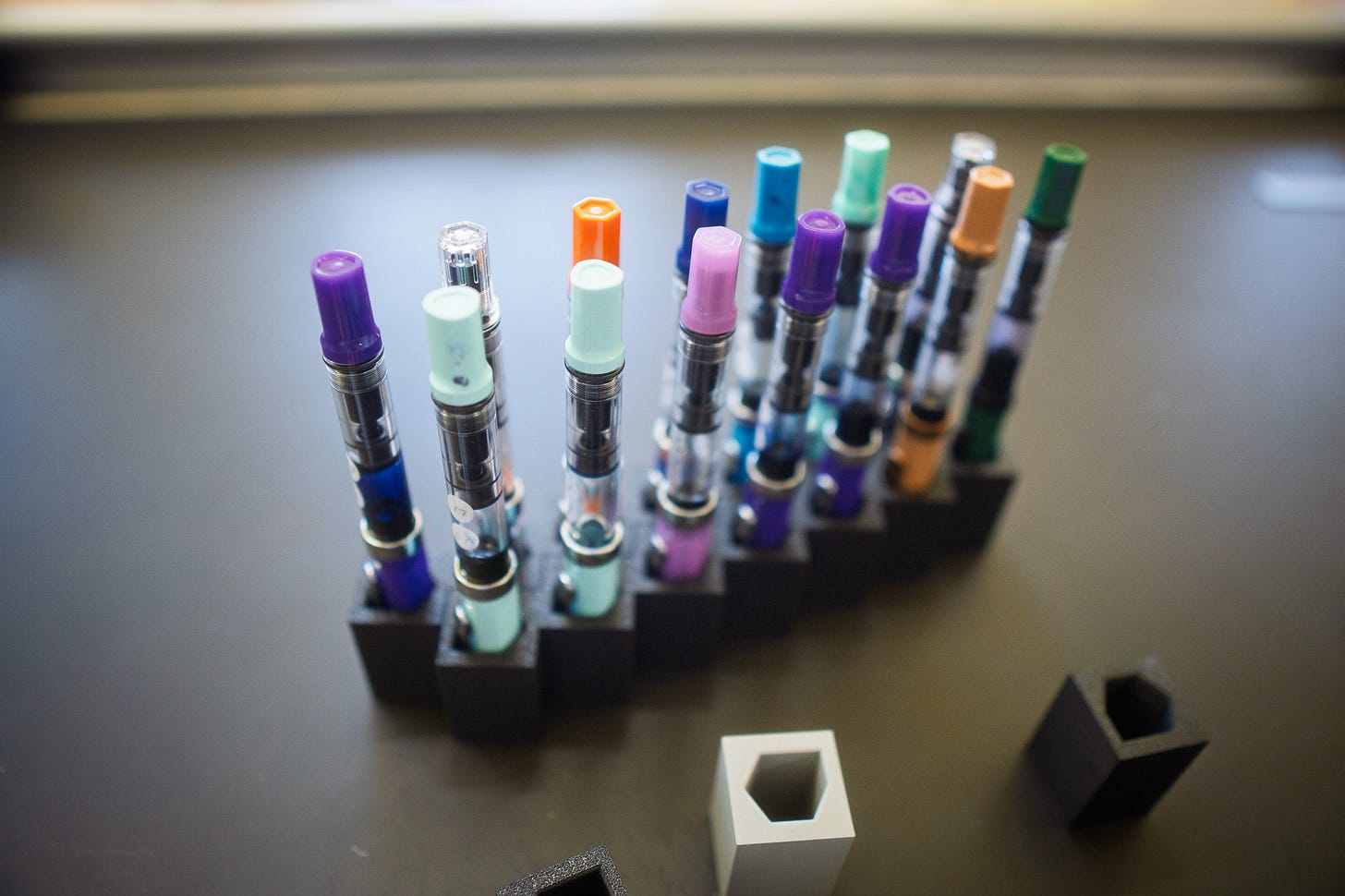
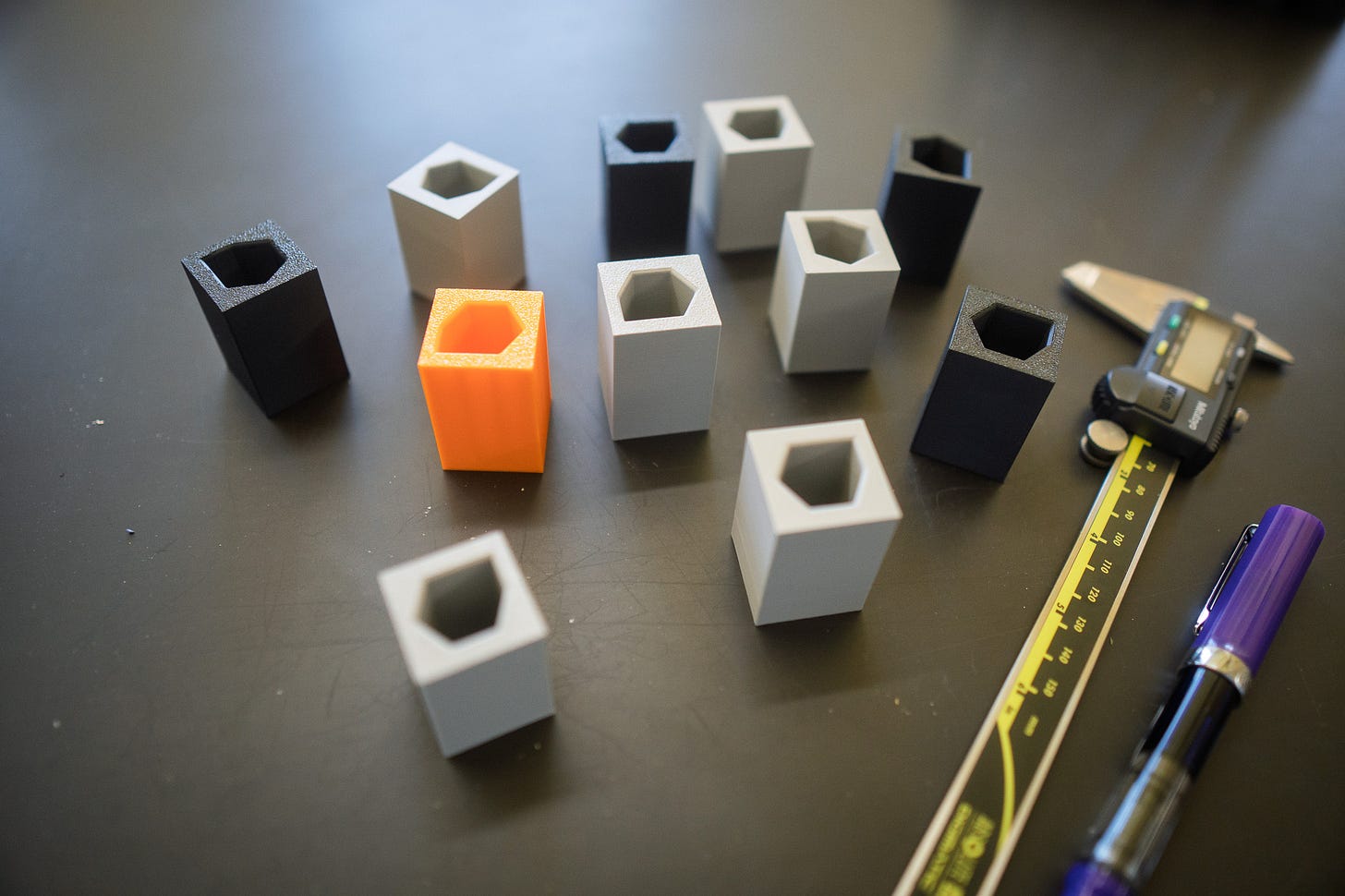
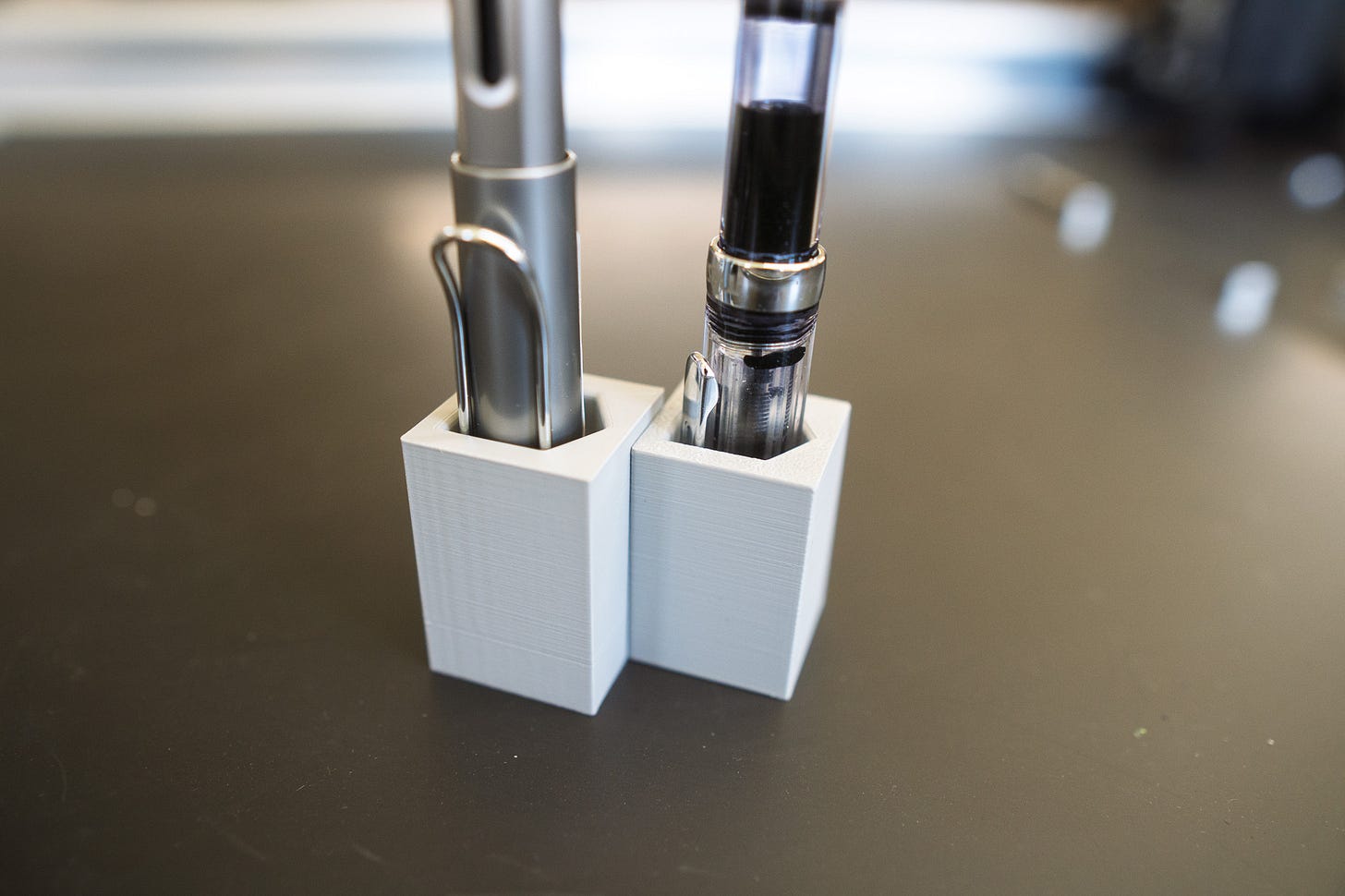
I gotta ask Dan, where did you find those marvelous flat file/drawer tables?? 😆
Love your work and the way you share so thoroughly! I really enjoy watching the week notes videos (and reading the posts), I find the videos so relaxing and inspiring each week!